This week’s nature highlights have included several morning runs along the Shahe River, enjoying the bird life and noticing that the Ginkgo trees in the park are now in flower. For a river running through the middle of a Chinese city, the Shahe hosts enough Egrets and large and small Grey herons that it obviously supports a good number of fish. Something of a Goldilocks Zone, according to Martyn – enough organic matter to support the invertebrate life fish need for food but not so much eutrophication that algal blooms deplete oxygen to dangerous levels at night. The Hoopoe I saw on Monday morning made me wish I ran with a camera and it was also lovely to spot my first swallow of the year in Chengdu this week.

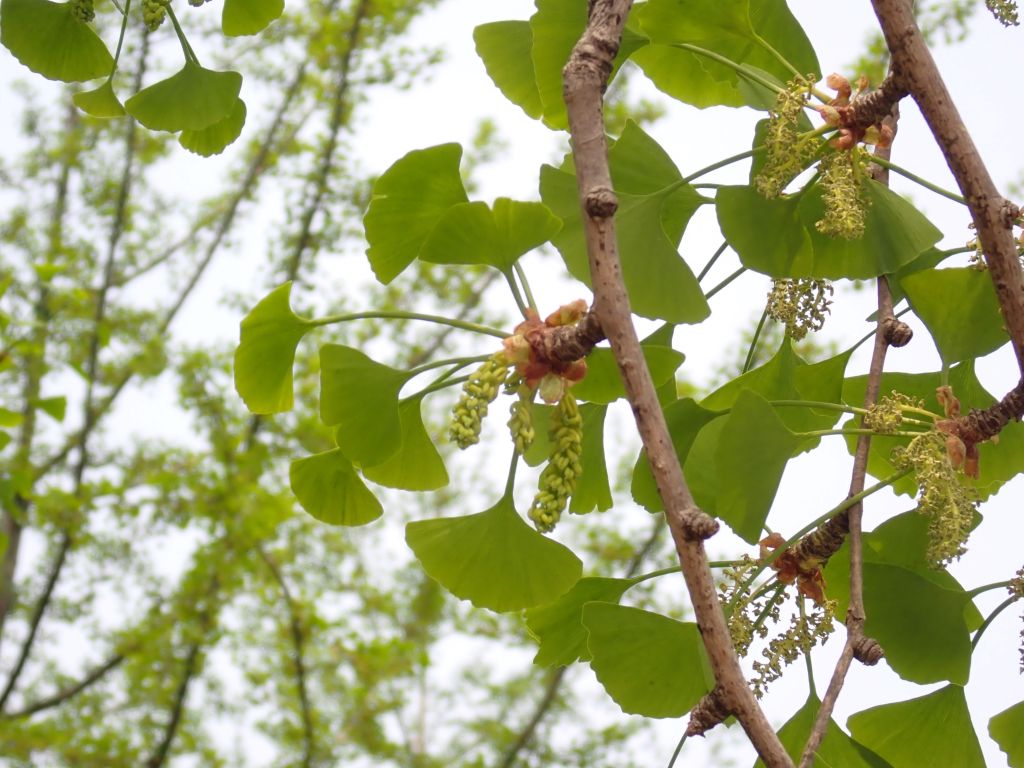
My slightly longer runs took me to a traditional market on Guanyin Bridge selling live chickens, fish so fresh they were flapping on the scales, coconuts, sugar cane, woven baskets, vegetables, seedlings, tofu and delicious-looking bread with a sesame or peanut crust, baked in a tandoor oven.


I’m not sure whether it really counts as enjoying nature but the dinosaur skeletons in Chengdu Natural History museum were certainly one of Casper’s favourite parts of the week and so of ours, vicariously. Many, many dinosaur fossils have been dug up in the Jurassic layers of the Sichuan basin so there is a whole hall at the museum dedicated to them, alongside the more typical T. rex and Stegosaurus skeletons recognisable to children everywhere. The museum would have been a good place to learn why the geology of Sichuan has made it such an excellent source of complete specimens but that will have to wait until Casper is a little older!
In the meantime, I’ve worked out that the NW part of Sichuan actually segues into the Himalayan foothills on the Eastern side of the Tibetan Plateau with the Longmenshan Fault, the epicentre of the 2008 Sichuan earthquake which killed nearly 70 000 people, marking the boundary between the Indian and Eurasian continental plates. Qingcheng mountain, which we visited over the Tomb Cleaning holiday this week, is almost the first wrinkle of those foothills. Around an hour or so by train north-west of Chengdu, the mountain is covered in evergreen broadleaved forest, with a dense understorey of flowering plants, ferns and bryophytes, so it’s not easy to see much of the underlying rock though it’s certainly some kind of sediment. The 229,500 km2 of the Sichuan basin itself was filled with a large lake until some 6 million years ago and the fertile soils left behind are derived from exposed red sandstones.
Chinese mountains and the towns below them are busy places, especially over a holiday, but it was lovely to waken in our AirBnB to a dawn chorus of cicadas and birds but no noise of construction work! The main route up the ‘front’ mountain is paved and passes through a series of Taoist temples, with plenty of steps and the option of a boat across Yuecheng Lake then a cable car (aka flying train) for the steep upper section to Laojun pavilion, at 1260 m above sea level. Given we had a nearly-two year old and no pushchair beyond the main gate, the cable car was very welcome. Looking at the photo below, taken from it, I’m not surprised we had aching calf muscles the day after our walk back down the mountain, especially given that one of us was carrying Casper much of the way as the steps were just too steep for him.

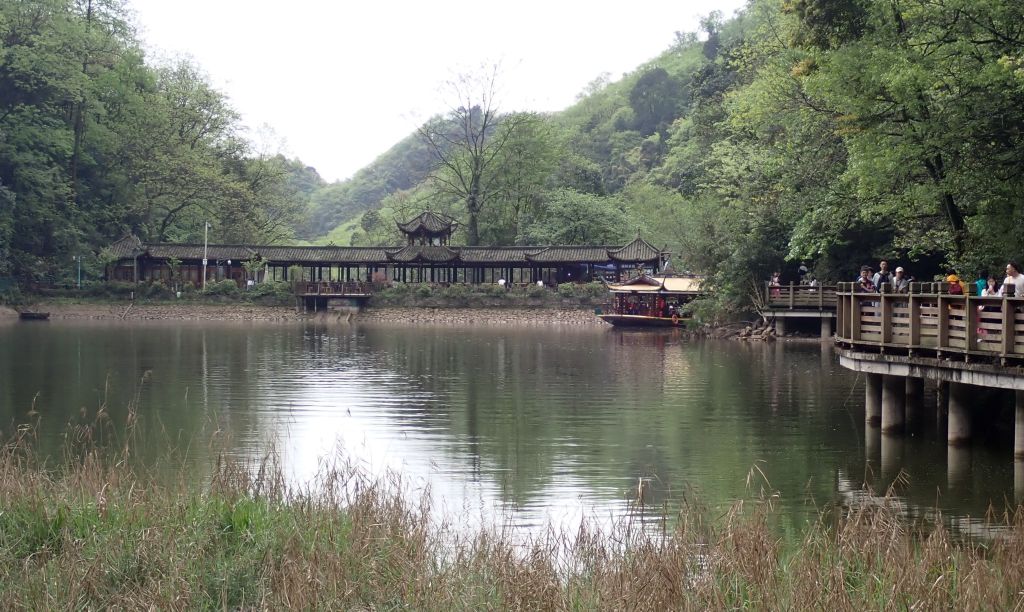



The temple and pavilion at the top of the mountain were destroyed in the 2008 earthquake so the current structures are relatively recent. Of course, the vegetation was also fascinating for me, both the range of bryophytes and the smaller flowering plants, though with so many people on the paths there is limited scope for botanising. I did discover that the Iris confusa apparently planted as an ornamental everywhere in Sichuan is also a native wild plant and that there are Sichuan versions of Sannicle and Valerian, as well as some striking small violas and a number of different Corydalis species.



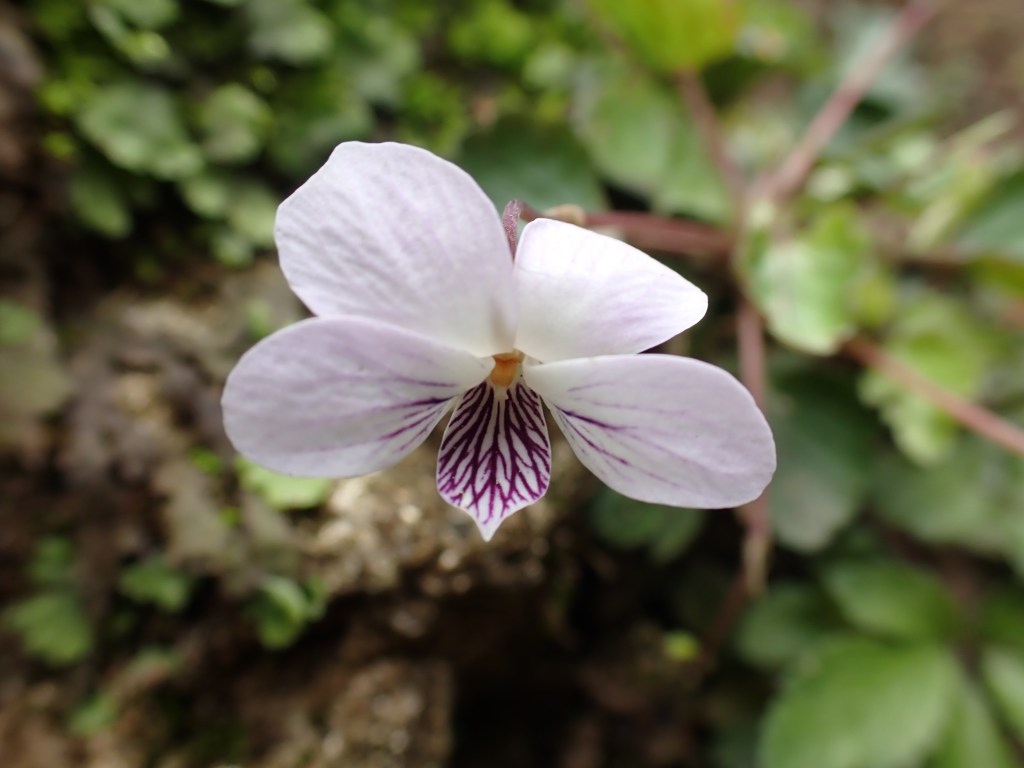
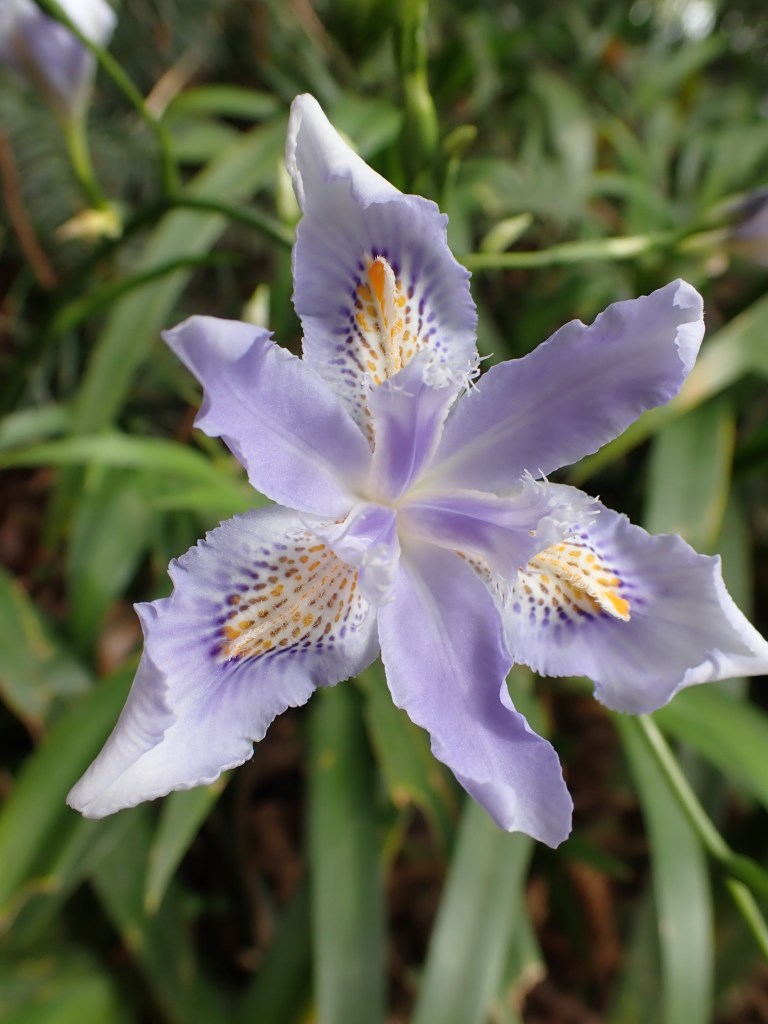
Casper learned the word ‘moss’ to add to his botanical classification scheme of flowers and trees but bryophytes seemed a big ask!
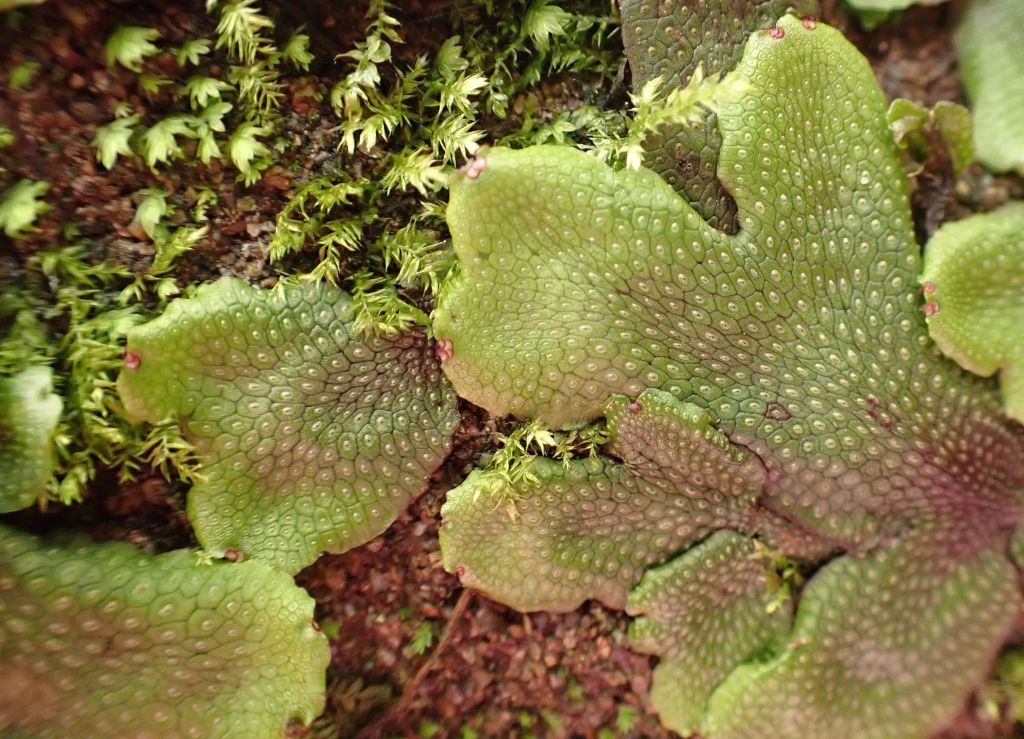

On the way back to our AirBnB we bought local ‘Mountain Tea’ at the side of the road to take home – I’m quite into my green tea these days. The journey back to Chengdu through the fertile plains of the Sichuan basin to Qingchengshan was interesting too, playing ‘spot the crop’ from the window of the bullet train. Rice and oilseed rape were easy to recognise but distinguishing tea bushes from small fruit trees was more difficult at speed. I’ve been promised a Pick Your Own tea experience next time I’m in Chengdu!
Culinary highlights this week have included traditional Sichuan hotpot and food from both Northwest China and Xi’an. I particularly enjoyed the more homely Sichuan food which Kate and her friend Sissy cooked for us one night though, with chicken supplied by Kate’s aunty and beans, Chinese asparagus and Amaranthus leaves from her parents’ rooftop garden in An Yue, which I visited in September.

I finished reading both Birnam Wood by Eleanor Catton and Ann Cleaves’ The Rising Tide this week, and found the ending of Birnam Wood both so compelling and distressing that I didn’t sleep afterwards – pick your time to read it carefully!